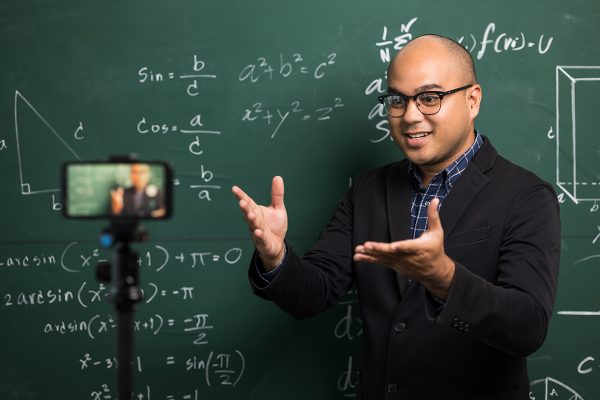Over the last decade, YouTube has transcended its role as an entertainment platform to consolidate itself as a key tool in informal learning. This change has allowed people of different ages and contexts to access educational content in a flexible and personalized way, becoming a valuable resource to complement traditional academic training. But how do its technical and pedagogical aspects relate to the educational experience?
Accessibility and personalization
Accessibility is one of YouTube’s most prominent attributes. Thanks to its free nature and ease of access through Internet-connected devices, this platform democratizes knowledge, eliminating geographical and economic barriers. In addition, its ability to personalize the educational experience through recommendation algorithms allows users to discover content tailored to their interests and needs.
On the other hand, the diversity of content is another notable strength. From math and science tutorials to language lessons or music, YouTube offers resources for all levels and disciplines. This allows users to select the material that best suits their level of knowledge and learning objectives, promoting self-managed learning.
Interactivity and community
Interaction is an essential component that transforms YouTube into a collaborative learning space. Comments, answers to questions and the possibility of sharing resources among users encourage the creation of learning communities. YouTubers play a key role as educational agents, combining specialized knowledge with close and accessible communication, motivating their audiences and establishing meaningful connections.
Challenges of the educational platform
However, YouTube also faces significant challenges as an educational tool. The absence of rigorous content filtering can result in unreliable information, forcing users to exercise constant critical judgment. In addition, the lack of direct interaction with instructors limits the depth of some educational experiences.

Another important limitation is the management of comments. The presence of misinformation or negative interactions in these spaces can impact the quality of learning. These areas require attention to maximize the pedagogical potential of the platform.
Key factors for successful learning
The results of recent studies underline the importance of the synergy between the instrumental and pedagogical dimensions of YouTube. The platform’s technical features, such as its intuitive interface and its ability to adapt to different devices, enhance its educational use. This, in turn, is closely linked to the quality and usefulness of the pedagogical content available.
However, factors such as age and frequency of use play a relevant role in the perception and usefulness of these dimensions. For example, younger users tend to value the educational experience on YouTube more, while older adults show less interaction with the platform.
Final reflection
YouTube represents a unique opportunity to broaden the horizons of informal learning, but its success depends largely on the users’ judgment and the quality of the content. To maximize its educational impact, it is essential to continue researching how to improve its effectiveness and overcome the challenges inherent in its use as a pedagogical tool.
Continue your professional training
Studying our Master in Education with a specialty in ICT in Education will allow you to understand and take advantage of digital technologies in educational contexts, transforming tools such as YouTube into effective resources for learning. This program not only develops technical and pedagogical skills, but also prepares you to design innovative and personalized educational strategies, enhancing your impact on the training of future professionals. Take the step towards a future professional that integrates technology with education and make a difference in an ever-evolving world.
Source:

